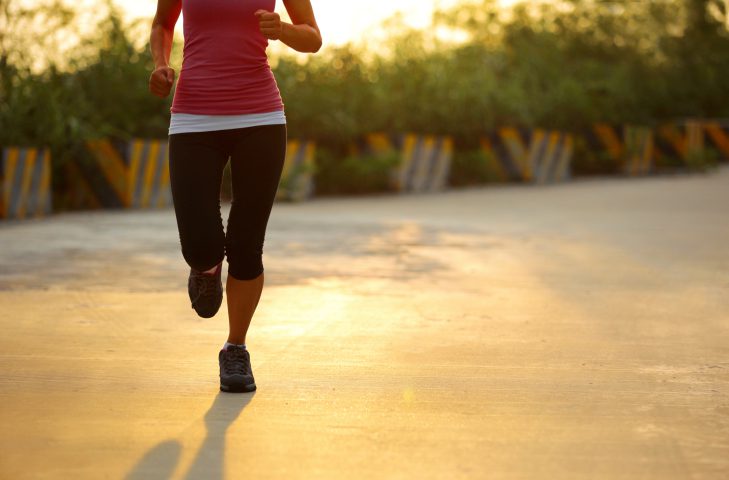Walk to run

 You don’t have to run the entire distance to build up your fitness. A mix of walking and running can allow you to accomplish longer goals. Then,gradually eliminate the walking breaks.
You don’t have to run the entire distance to build up your fitness. A mix of walking and running can allow you to accomplish longer goals. Then,gradually eliminate the walking breaks.
When it comes to completing a race, I defy you to say that you aren’t at least a little competitive. While you might not be trying to win the race, I’m willing to bet that while you were enjoying the post-race snack at your last race, you started thinking about how you could do it faster the next time. It’s not just the top finishers who struggle with trying to figure out how to drop their times. Mary Goodacre, a runner and triathlete from Dundas, didn’t start racing until she was 50, but the 62-year-old prides herself on still getting faster.
Shaving a second or two off their 10k PBs might be the goal for Canada’s top runners, but for many beginners, dropping minutes off their times is quite attainable. That’s especially true if you’ve started out from a walk-run program, even the 10:1 program that John Stanton, the founder of Running Room, has used to help thousands of runners build up the endurance to finish everything from fun runs to marathons.
One of the most obvious ways to improve your time in your next race, if you’ve been following a run/walk program, is to eradicate the walk. Here are a few tips on how you might make that transition:
Decrease Your Distance: What makes Stanton’s 10:1 program so successful is that by taking a walking break every 10 min, you shift the workload of the muscles. One of the first steps to getting out of the run/walk mode is to decrease the distance that you’re running. If you can do a 10k run taking a one-minute break of walking, try to do a 5k run without stopping at all. Once you’ve achieved that goal, gradually increase the distance. Coaches often talk about the 10 per cent rule – try not to increase any training variable by more than a tenth over a one-week period. With our 5k run in mind, once you’ve finished that 5k without stopping, aim for 5.5k the next week.
Go Slower: One huge advantage of the 10:1 program is that because you’re giving your legs a break on a regular basis you’ll inevitably feel stronger at the end of the run. When you start to run continuously, you’ll likely need to start out a bit slower since you’re eradicating your break time during each run. As your fitness improves you’ll soon see the benefits of running all the way.
Jog Instead of Walk: Another option is to continue to take a break similar to your old pattern, but instead of walking, slowing down to a jog. Sometimes that jog will be slower than a walk, but it will provide a bit of a mental break. As your fitness improves, try to speed up the jog to the point where you’re moving at the same pace all the way through the run.
Start Interval Training: Run/walk programs are, in essence, a series of intervals. The 10:1 program, for example, is basically a bunch of 10-min intervals with a 1-min recovery. While the results speak for themselves, many people struggle to move away from the program because they’ve never learned to run at a pace they can sustain for a continuous duration. The faster you are, the easier a slower pace will feel. If you can start to add some faster efforts to your regular training program, a slower pace will seem that much easier to sustain. So, for example, if you can do a 400m interval at a pace of 5 min per kilometre (2 min for the interval), running at a 10-min pace will likely feel pretty good.
Use a Heart Rate Monitor: When used correctly, a heart rate monitor can provide you with the information you need to be able to run at an appropriate pace. A coach or trainer can do an anaerobic threshold test with you that will provide the various heart rate zones you should be working in during your training. The goal when you’re trying to run at a sustained pace for longer, is to remain in your aerobic zones. That means you’ll be getting lots of oxygen to your body, allowing you to keep on running.
– Kevin Mackinnon


